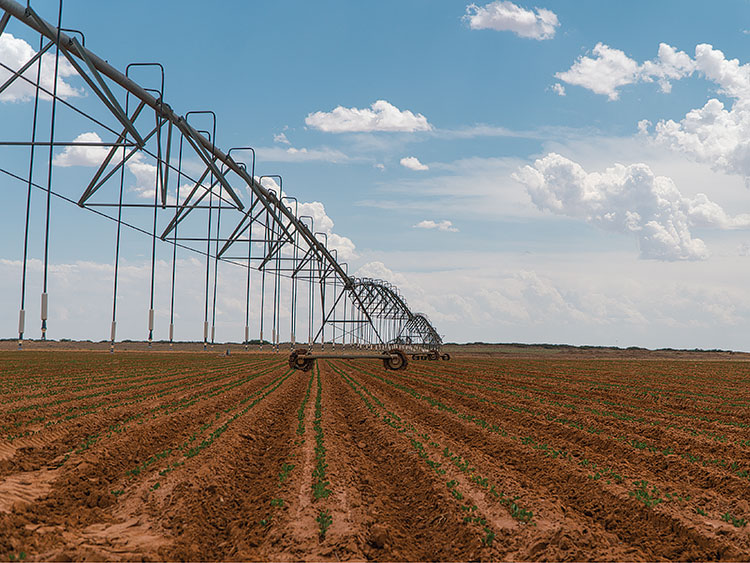
A Story Inside Every
Texas Peanut
All things Peanuts
Texas Peanuts pack quite a protein punch. Learn more about all things peanuts, including allergy guidelines, research, and educational materials for families, school officials, and healthcare providers. Let's get crackin'.

#TexasPeanuts Peanut Butter Cookies
- 1 1/4 cup all purpose flour
- 1 teaspoon baking soda
- 1/2 teaspoon salt
- 1/2 (1 stick) unsalted butter, softened
- 3/4 cup packed brown sugar
- 1 cup chopped Texas Peanuts, preferably Runners
- 1/4 cup granulated sugar
- 1 large egg
- 1 teaspoon vanilla extract
- 1 cup HEB creamy peanut butter
Contact the Team
We are Texas Peanut advocates. Our team works on behalf of producers, promoting Texas Peanut production and all that it entails. Contact us today for more information about our farmers, board members, peanut growing process and more!



